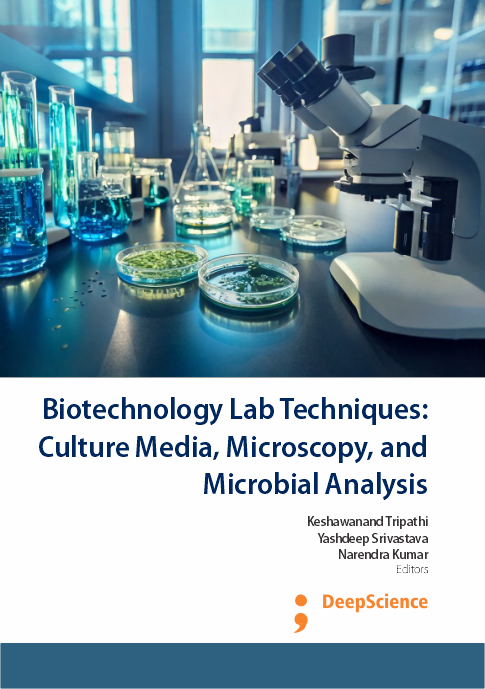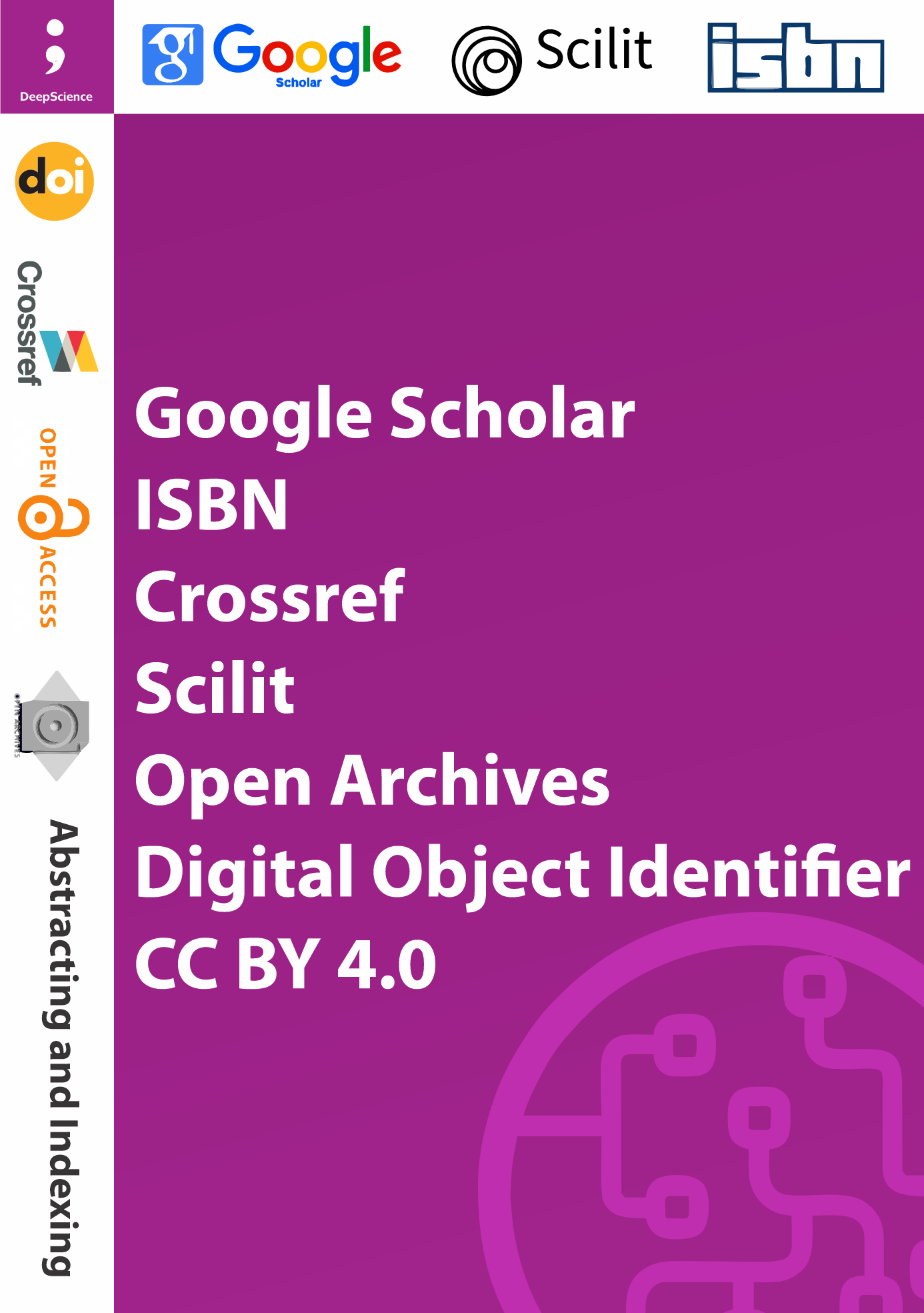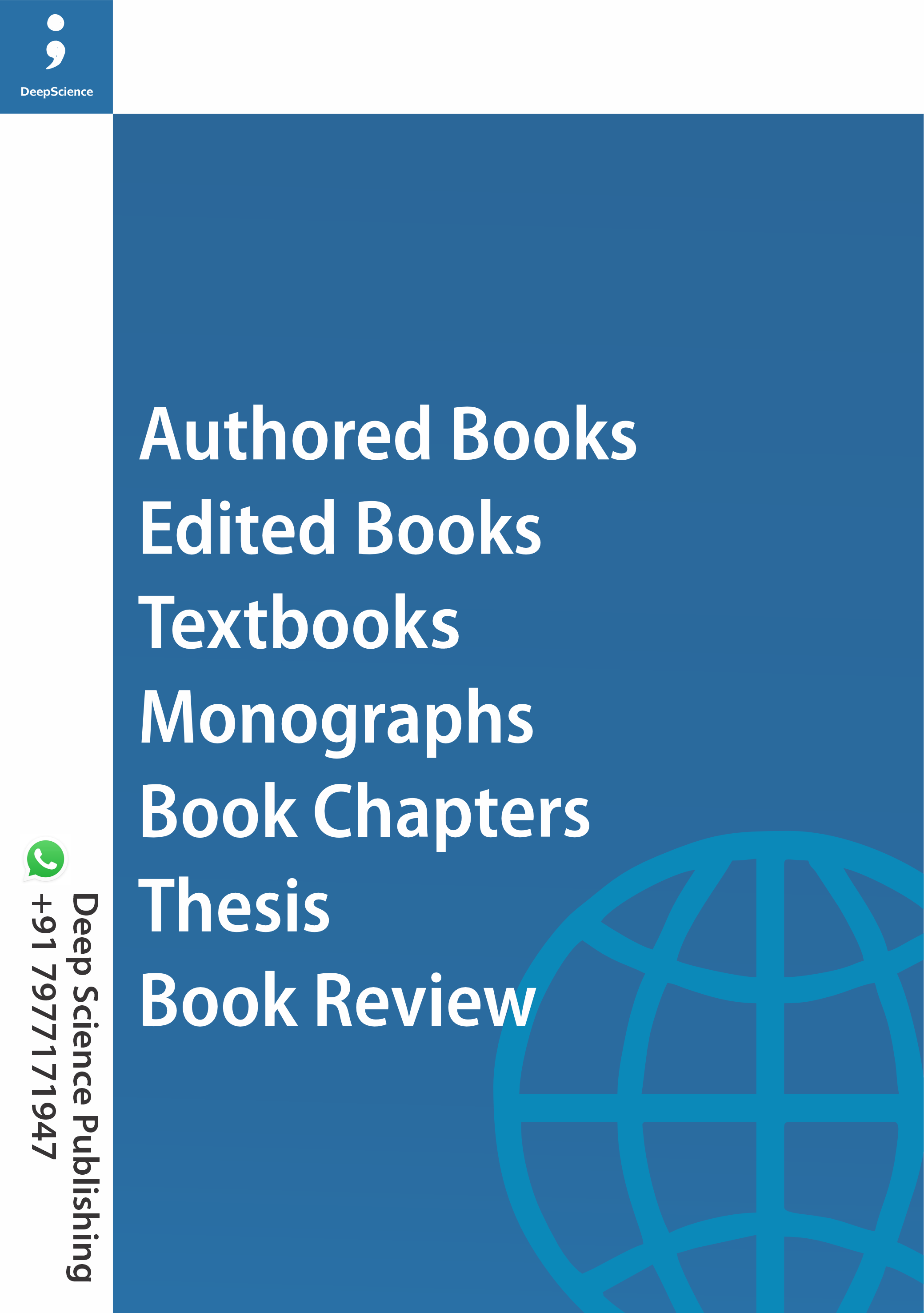Lowry method for protein quantification: Principles, protocols, and applications in biochemical analysis
Synopsis
The Lowry method, developed by Oliver H. Lowry and colleagues in 1951, is a classic and widely utilized technique for the quantification of protein concentration in biological samples. This assay is based on the principle of colorimetric detection of protein-bound copper ions resulting from the reduction of Folin-Ciocalteu reagent under alkaline conditions (Lowry et al., 1951). The assay offers high sensitivity and a broad dynamic range, making it suitable for both routine laboratory analyses and research applications (Kruger). By measuring the absorbance of the resulting chromogenic complex at 750 nm, the concentration of proteins in samples can be accurately determined (Hartree, 1972; Tripathi et al., 2013 a,b). Despite its effectiveness, the Lowry method requires meticulous attention to detail in sample preparation and handling due to its sensitivity to interfering substances. Overall, the Lowry method remains a cornerstone in protein quantification, providing researchers with a reliable and versatile tool for protein analysis in diverse biological contexts (Wilson, and Walker, 2010; Kruger 2009).














